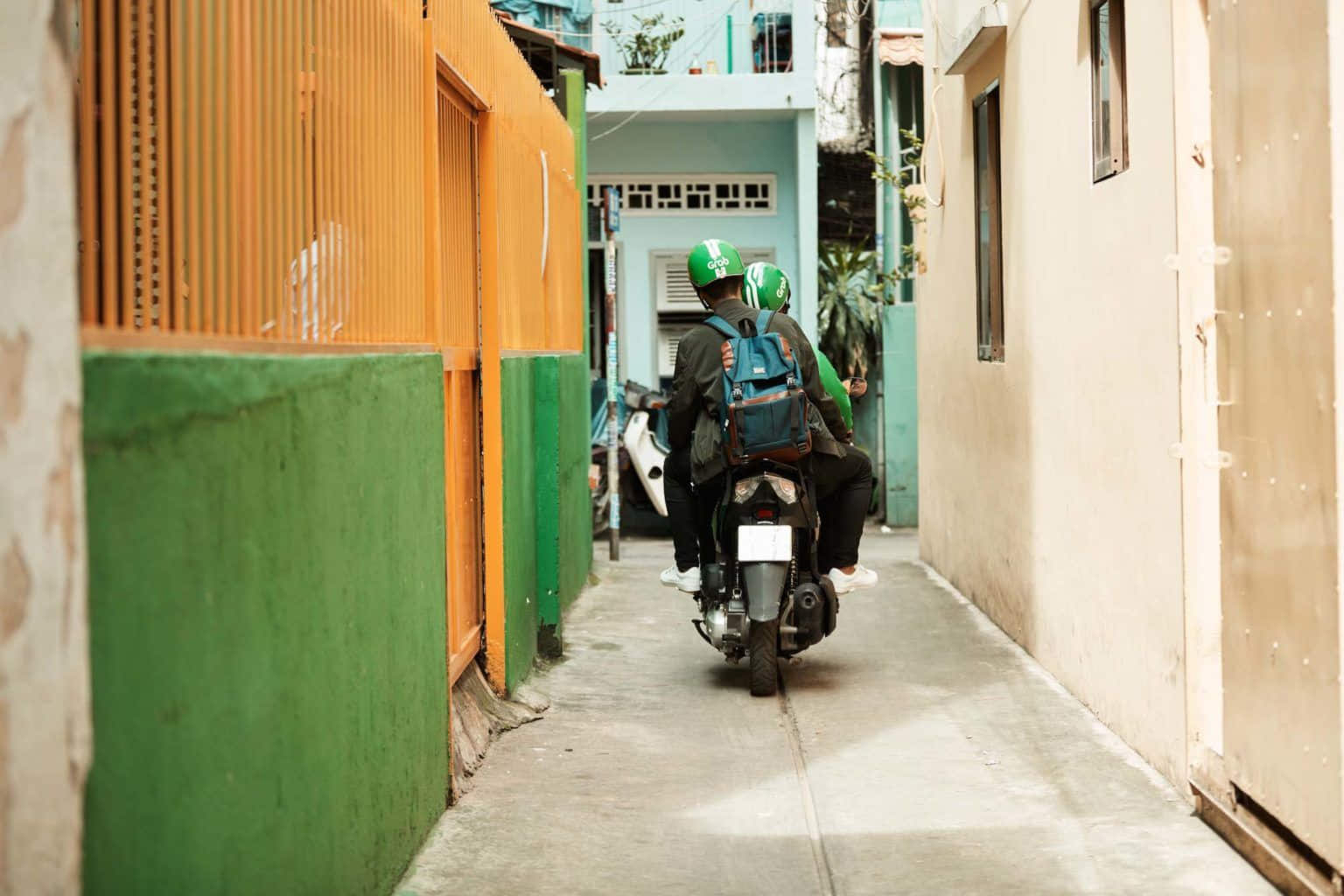GrabMaps, Grab’s (NASDAQ:GRAB) proprietary mapping platform, powers our services in all the eight Southeast Asian countries that we’re in.
Mapping has also become an additional income stream for many of Grab’s driver-partners who help with gathering data.
It starts with flagging out roads that may need someone to physically go and help to update on the map.
Some of these are automatically marked by our system, which detects when driver-partners aren’t taking the route marked out on GrabMaps. This potentially indicates a blockage or change in the road.
Other errors are flagged by end-users or driver-partners, prompting the need for a manual remapping.
Additionally, our operations team marks out areas that we want to expand to, or that require refreshing.
Tens of thousands of driver-partners across the region pick up these mapping jobs.
These areas, or geohashes, are marked out for driver-partners on a board, who can pick the ones they want to take up.
Tens of thousands of driver-partners across the region pick up these jobs, which can supplement the work they’re already doing on the Grab marketplace.
This is how Grab’s map is updated constantly, fuelled by fresh data from the millions of rides and orders we serve daily. We get real-time feedback from driver-partners on road closures and address changes. Our partner fleet includes cars, motorcycles, bicycles, and even delivery-partners on foot.
Asia is undermapped
Southeast Asia is not as well mapped as other parts of the world because it has traditionally been viewed as not as lucrative a region to map.
Large parts of the region are also developing at a rapid pace, and the quarterly updates that’s typical of most big mapping players were not refreshing quickly enough to reflect real-life changes to roads and landmarks here.

Incumbent map providers have also struggled to map some of the region’s more challenging terrain, such as small alleys that four-wheeled vehicles can’t pass through.
We’ve introduced technology such as our Kartacam, a little action camera that mounts on bike helmets, allowing two-wheelers to capture alleyways and side roads.
These narrow pathways are important because they’re often common throughways for the region’s two-wheelers.
By mapping these alleys, we create a more granular and realistic view of road networks in Southeast Asia, and also allow our driver-partners to be routed through them for faster trip times.
We’ve mapped over 900,000 km of missing roads, and added these to the OpenStreetMap platform, benefiting the broader network of businesses and individuals who use OSM.
Other than roads, points-of-interest are important markers that are necessary for orientation. So far, we’ve mapped more than 50 million POIs in the region.
This is thanks to our driver-partners who are helping to add an accurate picture of their hometowns, to keep business and movement flowing through the streets of Southeast Asia.
3 Media Close,
Singapore 138498
Komsan Chiyadis
GrabFood delivery-partner, Thailand
COVID-19 has dealt an unprecedented blow to the tourism industry, affecting the livelihoods of millions of workers. One of them was Komsan, an assistant chef in a luxury hotel based in the Srinakarin area.
As the number of tourists at the hotel plunged, he decided to sign up as a GrabFood delivery-partner to earn an alternative income. Soon after, the hotel ceased operations.
Komsan has viewed this change through an optimistic lens, calling it the perfect opportunity for him to embark on a fresh journey after his previous job. Aside from GrabFood deliveries, he now also picks up GrabExpress jobs. It can get tiring, having to shuttle between different locations, but Komsan finds it exciting. And mostly, he’s glad to get his income back on track.

